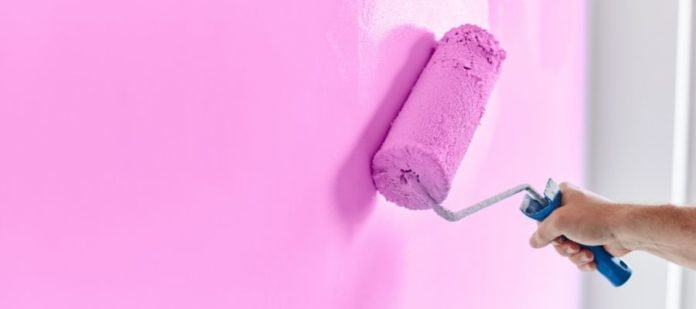Nothing refreshes a space quite like a nice coat of paint. However, this can backfire if your paint job ends up puckered, uneven, or sloppy.
At this point, most people turn to a professional paint company to ensure their walls look good, but the cost for this can be high. Fortunately, you can have a professional-looking paint job without bringing in a company. The key is to keep in mind what to know to get a silky-smooth wall paint finish.
Prepare Your Walls
When it comes to wall paint, half the battle is in the preparation. Prepping your walls before you start will help smooth out the surface and remove any imperfections that will cause you problems later.
As far as wall prep goes, these are the key things to keep in mind for a smooth wall paint finish:
- Remove wallpaper
- Fill in any cracks or holes
- Wash any dust, grime, or mildew off the walls
- Sand down walls
- Apply primer
There are times when you can skip primer, for example, when the previous paint job is intact and not darker than the new paint. However, when the previous paint job is damaged or the walls are bare, using a primer is important for getting that smooth finish.
Paint in the Right Order
In many cases, when a homeowner is painting their home’s interior, they aren’t only painting the walls. The trim and ceiling also need attention, and in this case, painting the different parts of the room in the right order is key. That way, you can avoid dripping paint from one part of the room onto the finished surfaces of another.
When you go to paint, it’s best to start with the trim since it’s easiest to tape off. From there, you will want to paint the ceiling since it has a high chance of dripping onto the walls. At that point, you can start on the walls, painting over any drips from the ceiling.
Use the Right Brush or Roller
Choosing the right brush or roller for the job will help you avoid splattering paint for a smoother application. Here are a few considerations for choosing the right brush or roller:
- Synthetic brushes work best with water-based paints
- Natural brushes work better with oil-based paints
- For painting on flat surfaces, square-cut bristles work best
- For curved surfaces, opt for sash brushes
- For textured surfaces, choose rollers with thicker covers
- For smoother surfaces, choose rollers with thinner covers
Whatever roller or brush you use, it’s important to avoid the perils of overbrushing or -rolling. Keeping your brush or roller strokes as few as possible will keep the surface looking far smoother.






















